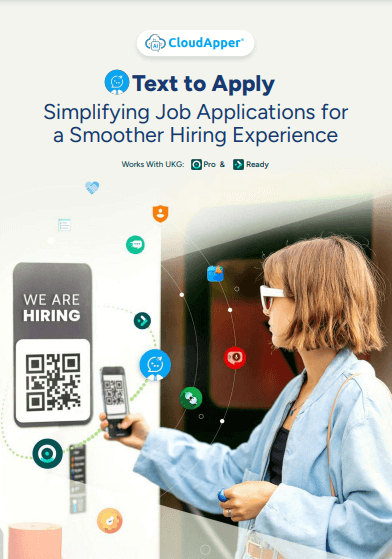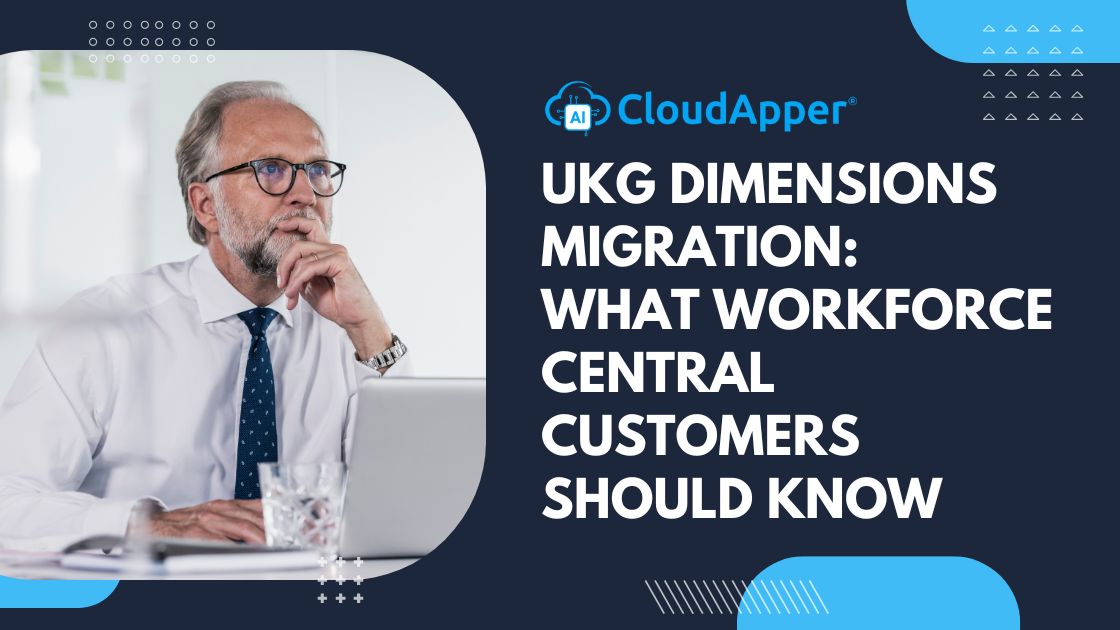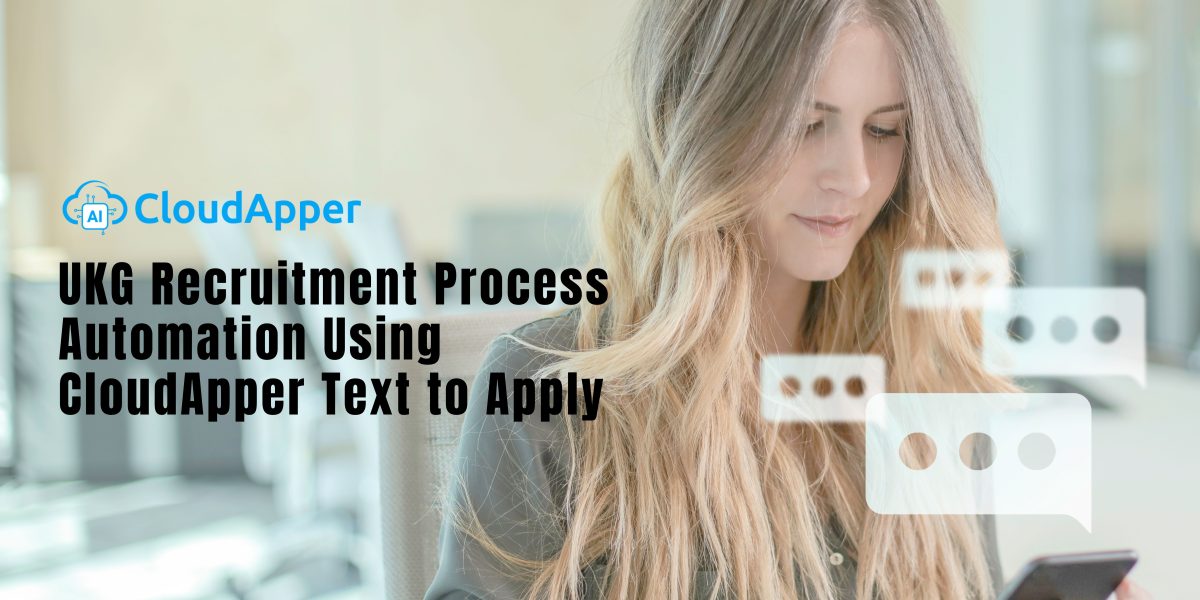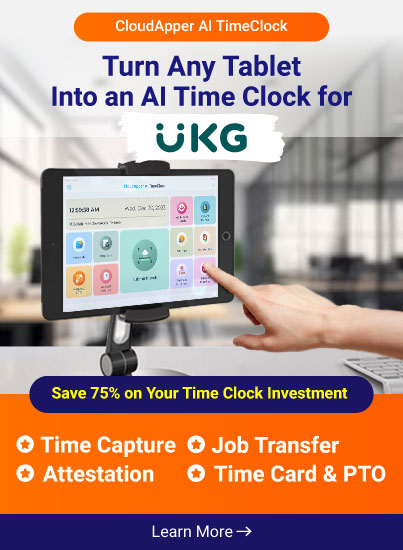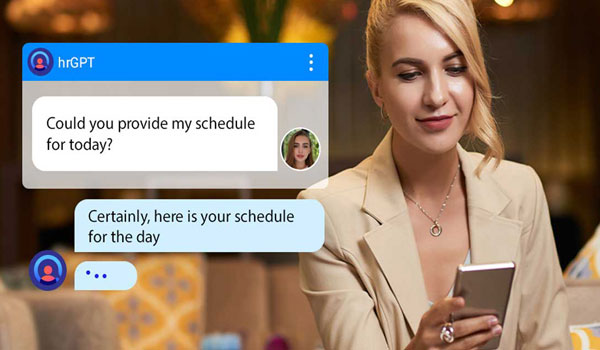Table of Contents
Employee turnover is a major problem in the fast-paced retail industry. Staff turnover has a negative effect on productivity, customer satisfaction, and profitability. Human resources professionals relying on UKG HCM (Ultimate Kronos Group Human Capital Management) solutions need to find a solution to this problem urgently. This book delves into tried and true methods for decreasing retail turnover, with a special emphasis on how CloudApper AI TimeClock and hrGPT may aid businesses in this endeavor. Learn how these cutting-edge resources may boost retail efficiency, boost employee morale, and delight customers.
Understanding the Impact of Turnover in Retail
Let’s take a look at the retail industry’s turnover problem and its serious effects before discussing potential remedies.
Operational Disruption: Because new personnel require training and orientation, high rates of turnover are disruptive to retail businesses. Because of this, production may drop and efficiency may suffer.
Customer Service: The inability to consistently provide excellent service to customers due to inexperienced staff due to high turnover.
Costs: The time and money spent on finding, employing, and orienting new staff members may soon mount up. A company’s finances may be strained if its turnover rate is high.
Employee Morale: Employees’ morale might suffer when they constantly have to train new team members, which can be a result of high turnover.
Reducing Turnover with CloudApper AI TimeClock
The retail industry may benefit from a number of features and advantages provided by CloudApper AI TimeClock, including:
Streamlined Employee Onboarding: New recruits may quickly and easily accomplish critical duties like time and attendance management because to the platform’s streamlined onboarding process. The learning curve is shortened and workers may start contributing right away.
Accurate Time and Attendance: With CloudApper AI TimeClock, workers can punch in and out on their smartphones and tablets running iOS and Android. Employees are more likely to be happy in their jobs when their time is tracked accurately and they are paid fairly.
Real-Time Data: Human resources departments may now monitor employee attendance in real time, allowing for the timely detection of trends and problems. With this kind of forethought, problems with attendance may be addressed with prompt actions.
Cost Savings: Organizations can free up funds for other human resources (HR) efforts that focus on retention by automating their time and attendance systems.
Improving Employee Experience with hrGPT
Staff morale and retention are intertwined. hrGPT, your always-on artificial intelligence analyst for HR work, questions, and concerns, may make important contributions to improving the employee experience in the following ways:
Personalized HR Support: hrGPT gives workers access to their own HR information and data whenever they need it. This helps staff members feel less helpless and more capable of handling HR-related responsibilities on their own.
Self-Service Workflows: hrGPT gives workers the freedom to start and finish HR tasks on their own. hrGPT streamlines the processes through which employees seek time off, make changes to their profiles, and view their benefits, making HR departments’ jobs easier.
Timely Responses: By providing instantaneous solutions to employee HR questions, hrGPT ensures that workers never have to wait around for answers. The satisfaction of the staff as a whole is increased by this quick response.
Cost Efficiency: By streamlining and simplifying HR processes, hrGPT reduces HR operational expenses and frees up capital for more important retention initiatives.
Strategies for Reducing Turnover in Retail
HR decision-makers in the retail business may apply the following techniques to decrease turnover in addition to using CloudApper AI TimeClock and hrGPT:
Comprehensive Training: Make sure everyone is fully equipped for their jobs by investing in comprehensive training programs. Confidence and contentment on the work may be increased by on-going training and assistance for employees.
Recognition and Rewards: Create initiatives to reward and recognize staff for their efforts. Employee retention may be improved with the use of incentives and bonuses.
Work-Life Balance: Encourage a good work-life balance by not overburdening workers. Provide for individual requirements and scheduling adjustments as much as feasible.
Clear Career Paths: Give workers a realistic idea of how they can move in the company’s ranks. Providing them with opportunities for advancement can encourage them to remain and contribute to their own professional progress.
Exit Interviews: Gather valuable input and pinpoint problem areas by conducting exit interviews with leaving workers. Put this data to good use in improving your company.
Conclusion
Human resources managers in the retail industry have a continuous issue of enhancing employee retention while also reducing turnover. Enhancing the employee experience, lowering attrition rates, and eventually thriving in a competitive retail sector are all possible with the use of CloudApper AI TimeClock and hrGPT, as well as other proactive HR efforts. Invest in the long-term success of your retail company by implementing these creative ideas to increase employee happiness and loyalty.

